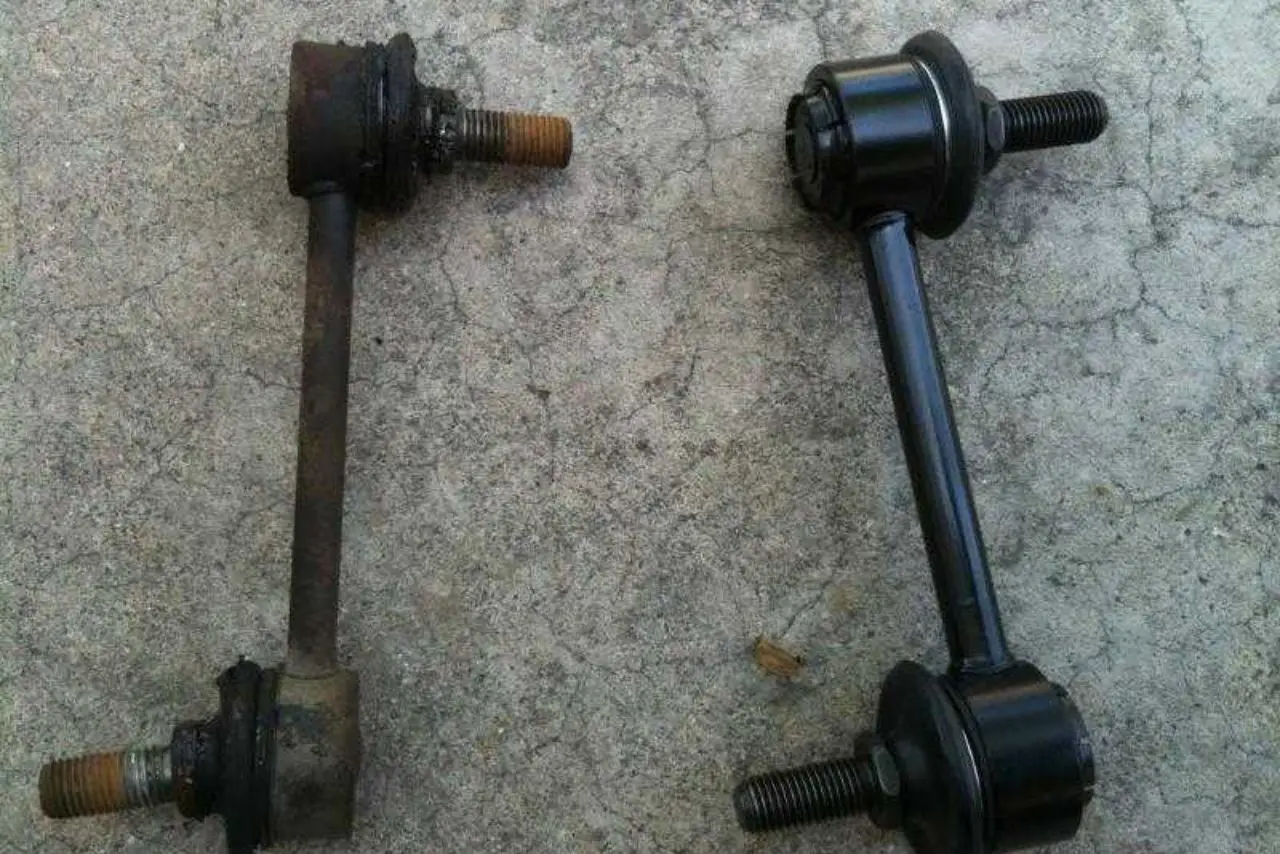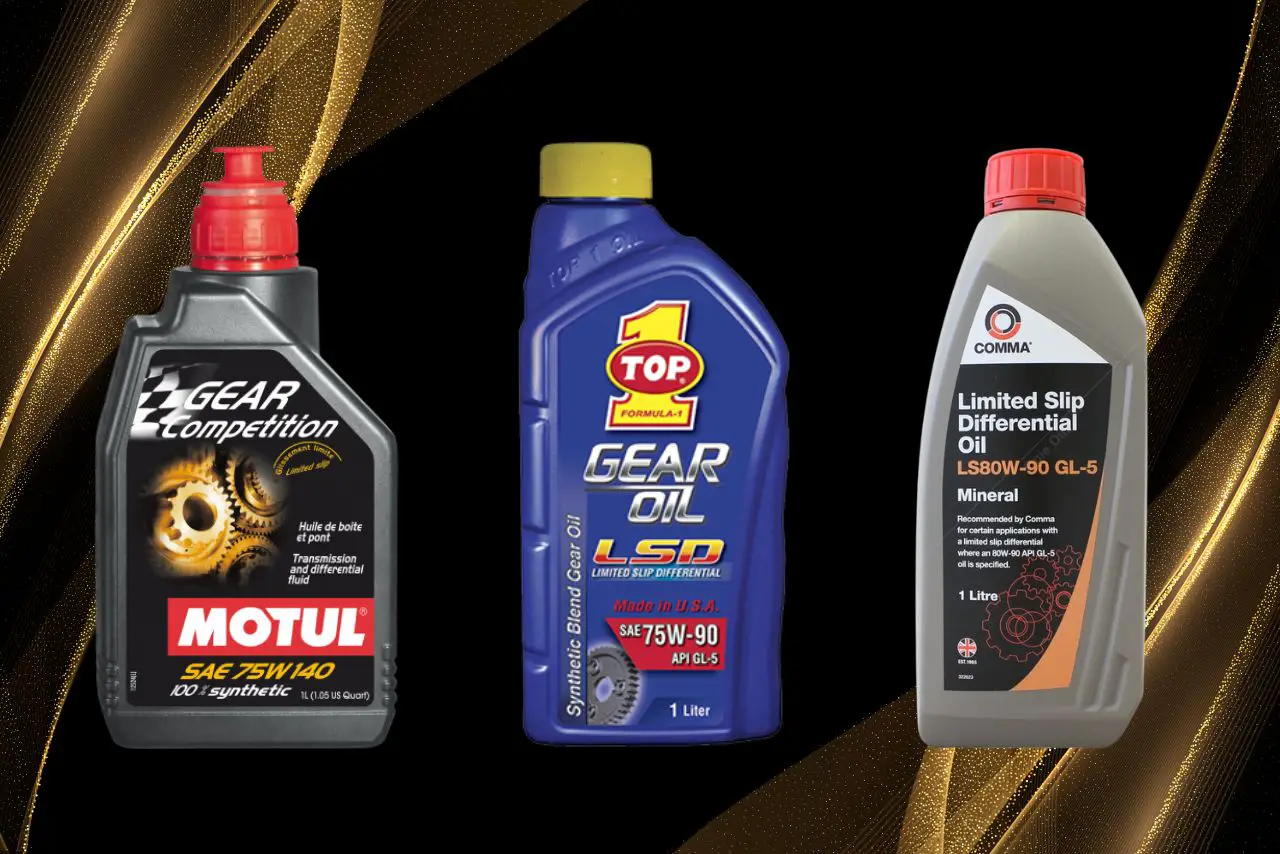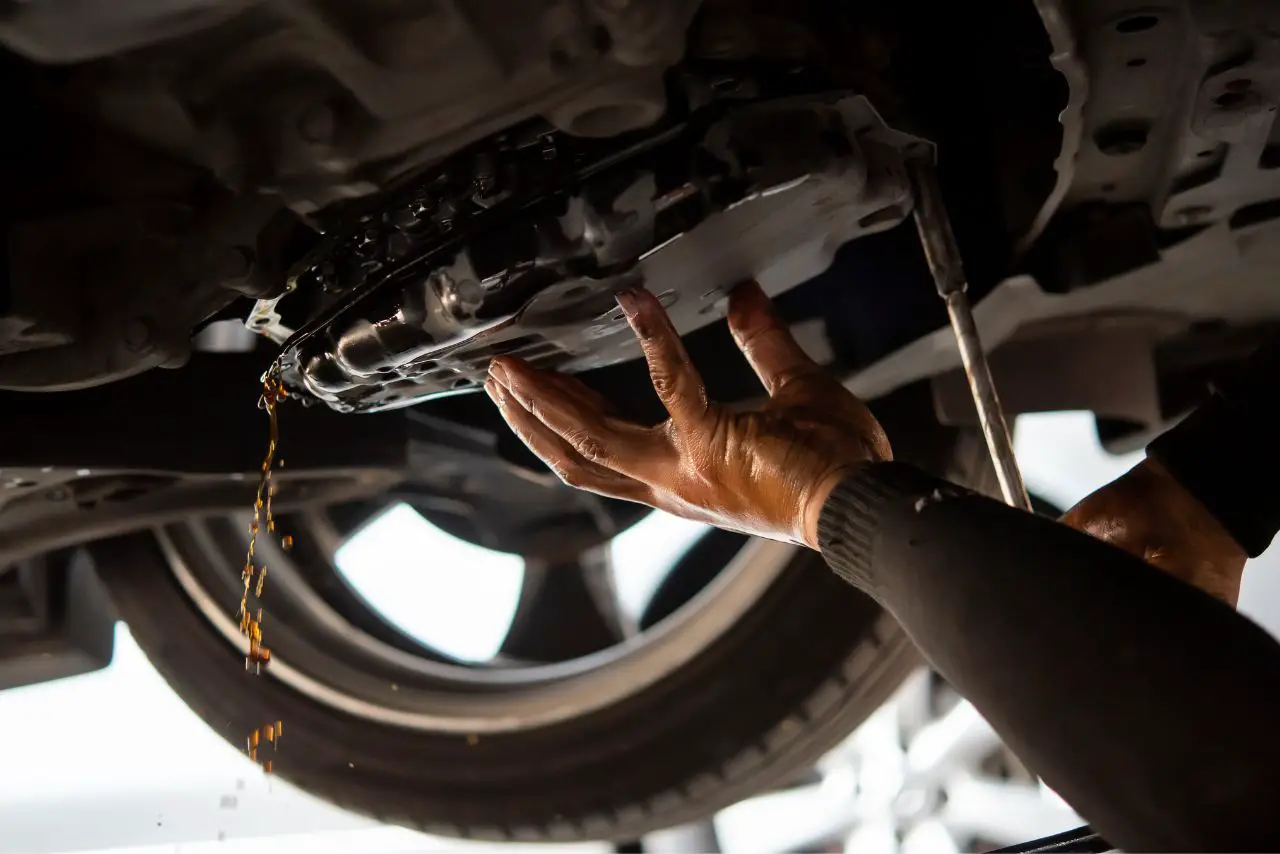Sway bar links are an important part of your vehicle’s suspension system. They help to keep your vehicle stable and level when cornering or driving over uneven surfaces. But do you need to grease sway bar links? And if so, how often?
The answer to both questions depends on the type of sway bar links that you have. Some sway bar links come with grease fittings, which means that they need to be greased regularly. Other sway bar links are sealed and do not require greasing.
In this blog post, we will discuss the different types of sway bar links and whether or not they need to be greased. We will also provide tips on how to grease sway bar links correctly.
Keep reading to learn more about sway bar links and how to keep them in good condition!
Table of contents
What Is A Sway Bar Link?
A sway bar link, also known as a stabilizer bar link, is a short metal rod that connects the sway bar to the suspension components. The sway bar is a torsion spring that helps to reduce body roll during turns and improve handling.
The sway bar links allow the sway bar to move independently of the suspension components, which helps to keep the vehicle level and stable.
Sway bar links are typically made of metal and have a ball joint or bushing at each end. The ball joints or bushings allow the sway bar links to pivot as the suspension moves.
Do You Need to Grease Sway Bar Links?

Whether or not you need to grease sway bar links depends on the type of sway bar links that you have.
Some sway bar links come with grease fittings, which means that they need to be greased regularly. Other sway bar links are sealed and do not require greasing.
If you have sway bar links with grease fittings, you should grease them every 12,000 to 18,000 miles, or more often if you drive in dusty or muddy conditions.
To grease sway bar links, simply use a grease gun to pump grease into the grease fittings until you see fresh grease coming out of the seals.
If you have sealed sway bar links, you do not need to grease them. However, you should still inspect them regularly for signs of wear or damage.
If you see any cracks or breaks in the sway bar links, they should be replaced immediately.
Here are some of the benefits of greasing sway bar links:
Why Grease Sway Bar Links?
Greasing your sway bar links is essential for maintaining optimal performance and prolonging their lifespan.
Regularly applying grease reduces friction, improves overall handling capabilities, prevents unnecessary noise generation during operation, and protects against rust or corrosion damage.
Why Greasing Sway Bar Links Is Essential?

When it comes to installing sway bar links, greasing them is an essential step that should not be overlooked. But why is greasing necessary?
In short, greasing the sway bar links during their installation helps to ensure optimal performance and longevity of these crucial components.
Sway bar links play a vital role in maintaining stability and control while driving, especially during cornering or when navigating uneven terrain.
These links connect the sway bar (also known as the stabilizer bar) to the suspension system of your vehicle. By doing so, they help reduce body roll and improve handling.
The Importance of Greasing During Installation:

During the installation of sway bar links, it is essential to grease them properly. Here’s why greasing during installation is important:
Greasing sway bar links during their installation provides numerous benefits such as reduced friction, enhanced durability, quieter operation, improved performance, and ease of maintenance.
How to Properly Grease Sway Bar Links?

To ensure the proper functioning and longevity of your sway bar links, it is essential to grease them correctly during installation. Follow these steps to effectively grease your sway bar links:
Remember that regular maintenance is crucial for optimal performance; therefore periodic inspection should be carried out according to manufacturer recommendations.
Common Mistakes to Avoid When Greasing Sway Bar Links:
When it comes to greasing sway bar links, there are a few common mistakes that you should avoid. Properly greasing these components is essential for their optimal functioning and longevity.
Here are some key points to keep in mind:
Remember that proper greasing of sway bar links plays a significant role in ensuring smooth suspension operation, reducing noise levels, preventing premature component failure, and enhancing overall vehicle stability on the road.
Maintaining the Longevity of Your Sway Bar Links:

To ensure the longevity and optimal performance of your sway bar links, regular maintenance is crucial. Here are some essential tips to help you keep your sway bar links in top shape:
By following these simple yet effective maintenance practices regularly, you can help extend the lifespan of your sway bar links and ensure a smoother and safer driving experience.
Conclusion! Do You Need to Grease Sway Bar Links?💭
Greasing sway bar links is a crucial step during their installation process. By ensuring that the links are properly lubricated, you can enhance their performance and extend their lifespan.
Neglecting to grease these components may lead to premature wear and tear, affecting your vehicle’s stability and overall driving experience.
Properly greased sway bar links help reduce friction between moving parts, allowing them to move smoothly without excessive resistance.
This ensures that the suspension system operates efficiently, improving traction and handling on the road.
Don’t overlook the importance of greasing your sway bar links during installation. It’s a simple yet effective way to maintain optimal functionality and durability for your vehicle’s suspension system.
FAQs
What Are Sway Bar Links?
Sway bar links are metal rods that connect the sway bar (also known as the stabilizer bar) to the suspension components of a vehicle.
They help to control the side-to-side movement of the vehicle during cornering and minimize body roll.
Why Do Sway Bar Links Need to Be Greased?
Sway bar links have small ball joints or bushings that allow for movement and flexibility.
Greasing them helps to reduce friction and wear, ensuring smooth and quiet operation.
Over time, the grease can deteriorate or dry out, leading to increased friction and potential noise.
How Often Should Sway Bar Links Be Greased?
The frequency of greasing sway bar links can vary depending on several factors, such as the type of vehicle, driving conditions, and the quality of the grease used.
As a general guideline, it is recommended to inspect and grease the sway bar links during routine maintenance or at least every 20,000 to 30,000 miles.
Can I Grease Sway Bar Links Myself?
Yes, greasing sway bar links can be done as a DIY task if you have the necessary tools and a basic understanding of vehicle maintenance.
What Type of Grease Should Be Used for Sway Bar Links?
It is essential to use a high-quality, waterproof, and high-temperature grease that is specifically designed for automotive applications.
Greases with lithium or synthetic base are often recommended as they offer good lubrication properties and durability.
How Do You Grease Sway Bar Links?
To grease sway bar links, you will need to locate them under the vehicle’s chassis.
You may need to remove any covers or shields to access them.
Once exposed, clean any dirt or debris around the joints, then apply grease using a grease gun or similar tool.
Can I Over-Grease Sway Bar Links?
Yes, it is possible to over-grease sway bar links. Over-greasing can lead to excess grease being forced out of the joints, attracting more dirt and debris, and causing potential damage.
It is crucial to follow the recommended amount of grease specified by the manufacturer.
What Are the Benefits of Greasing Sway Bar Links?
Greasing sway bar links regularly can help to prolong their lifespan, maintain proper suspension function, reduce noise and vibration, and enhance the overall driving experience.
It also contributes to the safety and stability of the vehicle during cornering and maneuvering.
If Sway Bar Links Are Damaged, Can They Be Greased to Fix the Problem?
If the sway bar links are damaged or worn out, greasing alone may not fix the problem.
In such cases, it is recommended to replace the worn-out parts with new ones to ensure proper functionality and safety.
Greasing can only help to maintain the performance of the existing sway bar links.
- 10 Best Gear Oil for Limited Slip Differentials (Reviewed!)

- Allison 1000 Transmission Fluid Type (5 Best Options!)
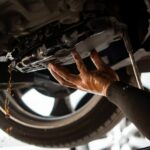
- 91 Octane Vs 93 Which One You Use? (The Surprising Truth!)

- Oil Pressure Gauge Not Working: (Guaranteed Fix!)

- 10 Best Transmission Fluid for 4l60e (Tested by Experts!)
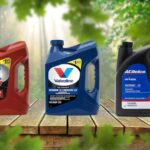
- 10 Best Ceramic Coating For Wheels (Used By Real Users!)


